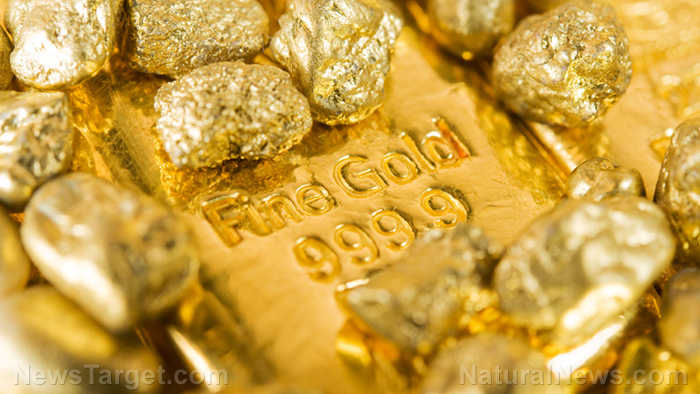 Parler
Parler Gab
Gab
SoKor's central bank is more cautious in purchasing gold
However, the Bank of Korea (BOK) – South Korea's central bank – is projecting a more cautious stance and has adopted a more careful approach to gold purchases, favoring the liquidity of the American dollar. The BOK expressed concerns about the direction of gold prices, citing the potential peaking of gold values and the challenges associated with selling for liquidity purposes. In its June report, the central bank highlighted the necessity of a cautious stance when considering an increase in the ratio of gold in foreign exchange reserves. The central bank currently holds 104.4 tons of gold in its reserves, representing approximately 1.14 percent of its total reserves. In the early 2010s, Seoul's central bank faced a major backlash after purchasing 90 tons of gold when prices peaked at more than $1,920 an ounce. Following years of lower prices, gold only surpassed those levels again in 2020. At present, spot gold is trading at $1,963.20 an ounce. BOK Governor Rhee Chang-yong stated during a National Assembly session earlier this year that the bank has refrained from increasing its gold holdings since 2014 due to the prolonged low price of gold. GoldReport.news has more stories on the growing demand for gold. Watch the video below where ITM Trading's Lynette Zhang talks about gold, T-bills, fraud and bartering. This video is from the What is happening channel on Brighteon.com.More related stories:
Precious metals can help make your portfolio invincible amid financial collapse, says David Morgan. Demand for gold surges to highest rate in over a decade as world’s central banks continue buying spree. Gold price jumps to 8-month high, eventually settles above $1,900 level. MORE METAL: China's public gold holdings now over 2000 tons after another huge purchase in December. Gold prices soar to 6-month high, widely expected to go higher in coming months.Sources include:
ZeroHedge.com UPI.com Retail-Insight-Network.com Brighteon.comTarget to spend $5 billion on its stores to prevent them from shutting down
By Arsenio Toledo // Share
UK on track to become a FULLY CASHLESS NATION by 2035 as use of cash declines rapidly
By Arsenio Toledo // Share
By Arsenio Toledo // Share
Tyson reintroduces antibiotics into chicken after pledging to remove them in 2017
By Lance D Johnson // Share
Governments continue to obscure COVID-19 vaccine data amid rising concerns over excess deaths
By patricklewis // Share
Tech giant Microsoft backs EXTINCTION with its support of carbon capture programs
By ramontomeydw // Share
Germany to resume arms exports to Israel despite repeated ceasefire violations
By isabelle // Share










